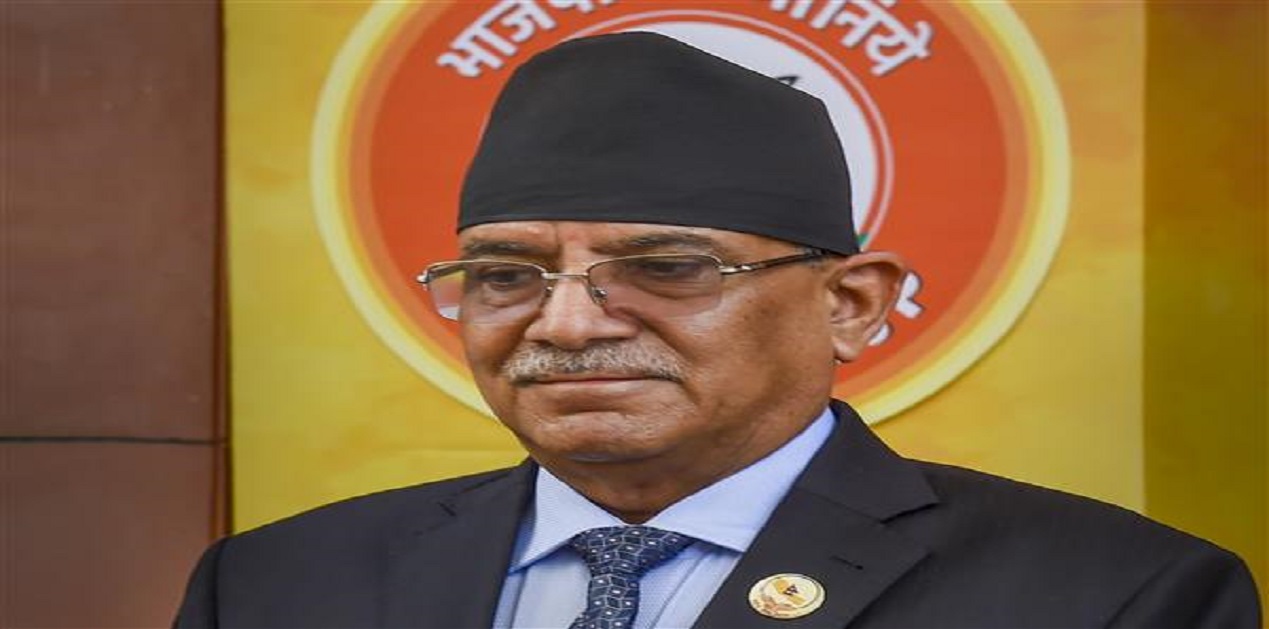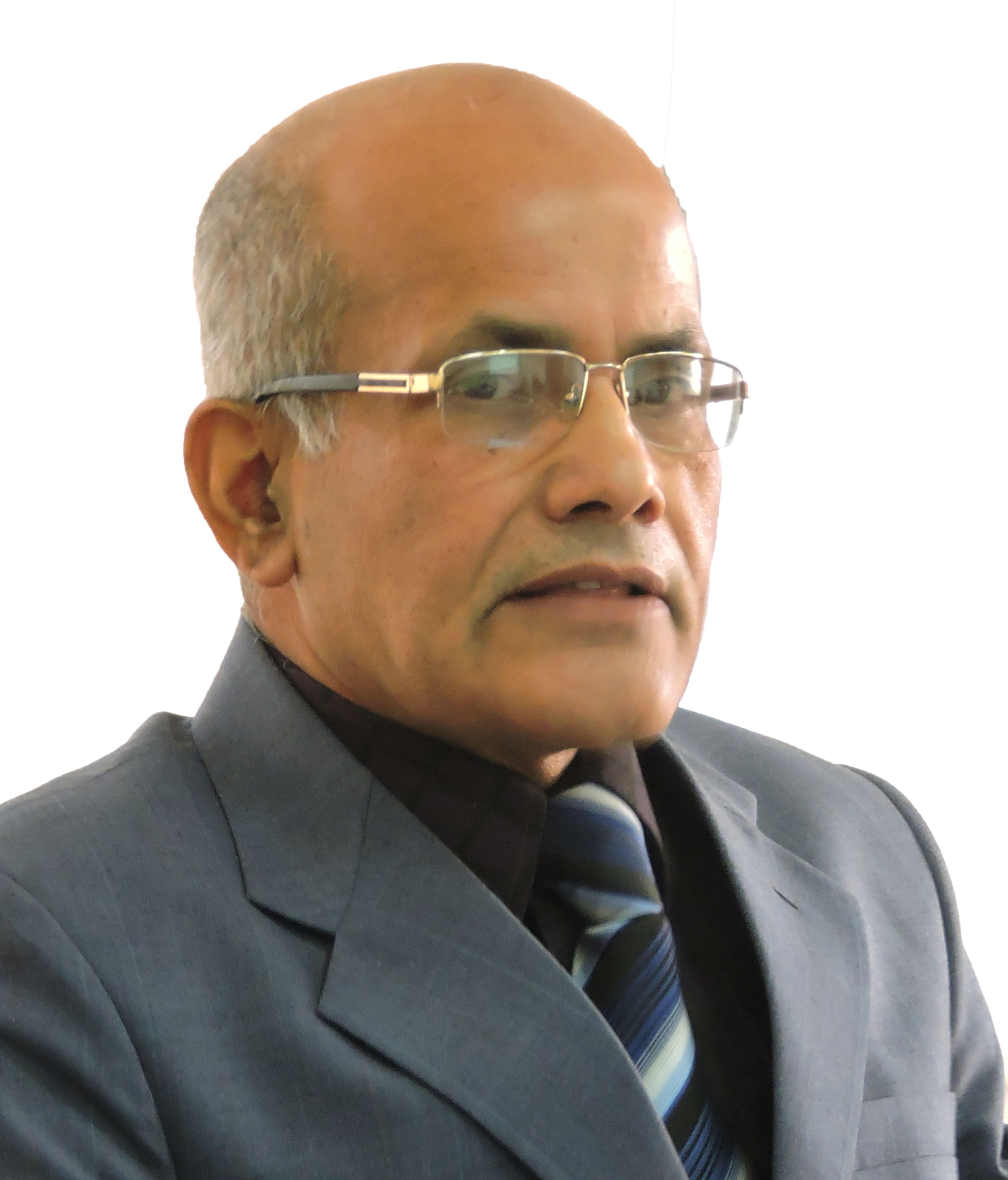The Nepalese Prime Minister Pushpa Kamal Dahal is going to India for a four-day official visit between May 31 and June 3. Both the Nepalese and Indian sides have done major homework to make the visit fruitful. About his forthcoming visit to India, PM Dahal himself stated that he would bring out something new to Nepal. He is in such an upbeat mood about the outcome of this visit that he did not even attend the BOAO Forum for Asia of which Nepal is a founding member. People’s expectations have also grown manifolds about the visit.
Significantly, Dahal, like many of his predecessors, barring a few exceptions, has made India his first destination outside Nepal after becoming Prime Minister on December 26. This is in consonance with the long traditional relations that exist between Nepal and India in socio-cultural, religious, economic, and political arenas since time immemorial.
It has almost become a tradition that Nepalese Prime Ministers first visits India before making visits to other countries. Nevertheless, it was perhaps for the first time that in Nepal’s history that Prime Minister Dahal himself broke the traditional norms of foreign visits when in 2008 he had preferred to make China his first destination before visiting any other country.
Even this time in his current innings as Prime Minister commencing December 26, a team of Chinese experts arrived in Kathmandu the very next day on December 27 and started working on a detailed project report (DPR) of the high-profile Kathmandu-Kerung railway under BRI. The Detailed Project Report (DPR) of the Himalayan railway project is scheduled to be completed within 42 months.
According to preliminary estimates, the proposed Trans-Himalayan Tibet-Nepal Railway could cost US $4.8 billion for the Nepal segment. Besides, he inaugurated the Pokhara International Airport on the New Year on January 1 amid a grand ceremony. The project was built by the Chinese at the cost of $215.96 million loan that Nepal received from the China EXIM Bank in March 2016. The Chinese Embassy in Kathmandu claimed the Airport as a flagship project of China-Nepal BRI cooperation, though the Nepalese side contested this.
Later, realizing the role of India in its neighbourhood and in international affairs, Prime Minister Dahal started to re-balance Nepal’s relations with India. For this, he tried to create a congenial environment for the Indian companies to work in the hydro-power sector in Nepal. As if this was not enough, he even allowed certain Indian companies to replace some Chinese ones that had failed to complete their projects. Other than this, in the policies and programmes of his government, there is no mention of the new map that incorporates Kalapani, Lipulekh and Limpiyadhura in Nepal’s territory.
But now, pressure is being built up in Nepal by certain corners that Prime Minister Dahal should raise the issue of the 1950 Treaty of Peace and Friendship during his India visit as they perceive it to be ‘unequal.’ Similarly, they also want him to ask the Indian authorities to accept the Eminent Persons Group (EPG) report which was completed as far back as July 2018. But he carefully avoided making any commitment of raising these contentious issues during his upcoming visit, fearing that these had the potential to spoil the environment of improved relations between the two countries.
It is being felt both in Nepal and in India that the EPG report has lost its relevance. The expert team that completed this task had neither the representation Nepalese side of the border nor that of the Indian side. This was also one of the reasons why the concerns of millions of border inhabitants were ignored in this report. Therefore, with regard to the EPG report, Ranjit Rae, former Indian ambassador to Nepal said, “In my view, the EPG report is dead. If there was any relevance of receiving the report, that would have been much earlier. The main thrust behind forming the EPG panel was to look into the 1950’s Treaty of Peace and Friendship which can be given to the foreign secretaries of Nepal and India to make necessary recommendations. If one side keeps on raising irritating and contentious issues, then the problem arises,” Amb. Rae added.
Now, all eyes are set on Prime Minister Dahal who is expected to exhibit pragmatism by focussing on issues of development rather than raising irritating issues with New Delhi which seems is ready to extend cooperation in the economic developmental agenda of Nepal. So, chances are high that Nepal and India would formalise crucial agreements for establishing a chemical fertilizer plant in Nepal. The two countries could also go for major deals in energy-related sectors that would have far-reaching impacts on the economies of both. Also, some crucial agreements could be signed in the areas of connectivity, infrastructure, power transmission line, digital getaway and other sectors.
Besides, India could also allow Nepal to export some of its surplus power to Bangladesh through the Indian territory. In this regard, Nepal and Bangladesh have agreed to try to persuade India to allow them to conduct power trade through the Indian territory during the wet season (June-November) for which a trilateral agreement could be signed between the three countries. Under this agreement, in the initial phase, Nepal could export 40 to 50 MW of power to Bangladesh during the wet season through Indian territory by using a high-voltage Baharampur-Bheramara cross-border transmission link.
It is likely that some tangible development would take place during the forthcoming visit of Nepalese Prime Minister Pushpa Kamal Dahal to India. Given the goodwill of India, Nepal could benefit a great deal not only from sale of power to a third country, Bangladesh but also through several other accords that are likely to be signed in major areas like industry, energy-related areas, electricity transmission lines, etc.
It is expected that as in the past, some of these accords would help Nepal to eventually emerge as an economically vibrant modern nation. So, let Prime Minister Dahal focus on talks with India considering the present needs of Nepal and its future requirements side stepping some of the baggage of the past.
(The paper is the author’s individual scholastic articulation. The author certifies that the article/paper is original in content, unpublished and it has not been submitted for publication/web upload elsewhere, and that the facts and figures quoted are duly referenced, as needed, and are believed to be correct). (The paper does not necessarily represent the organisational stance... More >>
Image Source: https://www.tribuneindia.com/news/nation/nepal-pm-pushpa-kamal-dahal-prachanda-on-4-day-visit-to-india-next-week-511820











Post new comment